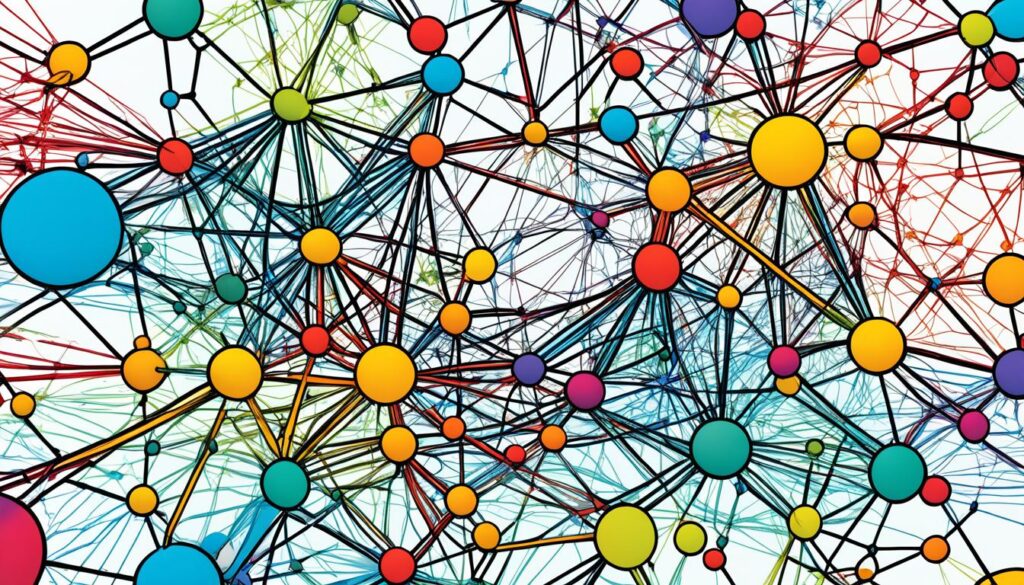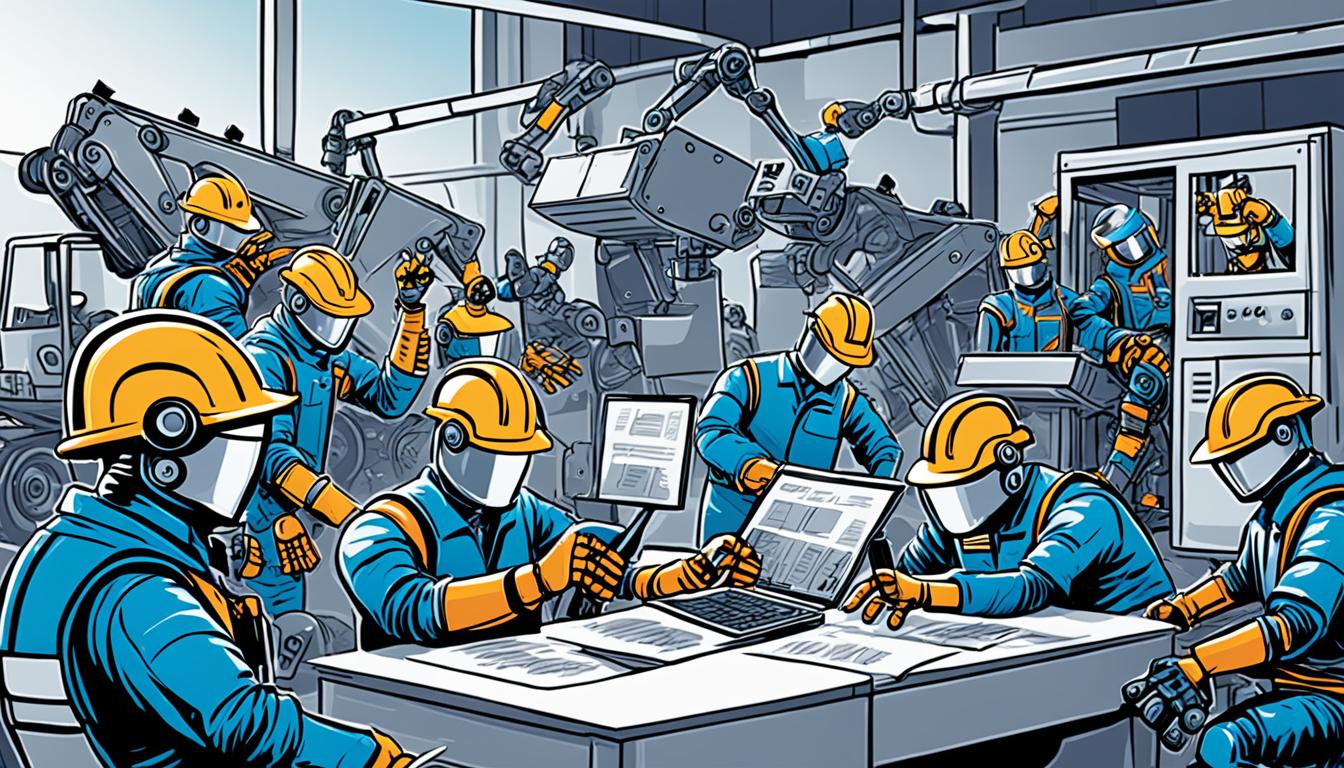In the ever-evolving digital landscape, the demand for sophisticated AI agents capable of tackling complex tasks has never been more pressing. As a professional copywriting journalist, I’m thrilled to introduce you to Crew AI, a revolutionary solution that simplifies the process of building AI agents and enhances collaboration within your team.
Crew AI is a powerful platform that allows you to create a team of autonomous AI agents, each specializing in a specific task or skill set. By leveraging the power of natural language processing and advanced language models, you can design custom AI agents that work together seamlessly to tackle even the most intricate projects. Whether you’re developing chatbots, virtual assistants, or intelligent dialogue systems, Crew AI empowers you to streamline your workflow and boost your productivity.
In this article, I’ll guide you through the key features of Crew AI and provide a step-by-step blueprint for building your own AI agents. From loading the required libraries to configuring API keys, defining agent roles, and executing the collaborative process, you’ll learn how to harness the power of Crew AI and transform the way you approach AI development.
Key Takeaways
- Discover Crew AI, a revolutionary platform for building collaborative AI agents
- Learn how to streamline your AI development process and enhance productivity
- Explore the key features of Crew AI, including natural language processing and advanced language models
- Gain a comprehensive understanding of the step-by-step process for creating customized AI agents
- Unlock the benefits of collaborative AI agents to tackle complex projects with ease
Introduction to CrewAI and Collaborative AI Agents
In the rapidly evolving world of technology, a groundbreaking solution has emerged that is set to revolutionize how we approach problem-solving and task completion. Introducing CrewAI, a collaborative AI system that empowers users to enhance efficiency and productivity in the digital landscape.
What is CrewAI?
CrewAI is a cutting-edge platform that harnesses the power of autonomous AI agents, each specializing in specific tasks, to work together as a cohesive team. Unlike traditional AI tools that operate in isolation, CrewAI’s focus on collaborative intelligence enables these agents to leverage their collective expertise and accomplish more than they could individually.
Key Features of CrewAI
At the heart of CrewAI’s innovative approach are several key features that set it apart:
- Intelligent Agents: The platform is powered by a team of autonomous AI agents, each programmed to perform distinct tasks, make informed decisions, and communicate with other agents to achieve shared goals.
- Customizable Tasks: CrewAI allows users to define and assign tasks to the agents, providing clear instructions and descriptions, as well as specifying the required agents and necessary tools.
- Versatile Tools: The system offers a range of tools that expand the agents’ capabilities, from web searching and data analysis to language processing and task automation.
- Structured Processes: CrewAI’s framework organizes tasks and ensures efficient collaboration within the agent crew, streamlining the overall workflow.
- Collaborative Capabilities: The platform emphasizes collaboration, enabling agents to share information, leverage each other’s expertise, and work together seamlessly to tackle complex problems.
- Memory Systems: CrewAI’s memory capabilities enhance agent adaptability and decision-making by maintaining short-term, long-term, entity, and contextual memories.
By harnessing the power of crew ai, collaborative ai, and autonomous agents, CrewAI offers a unique and transformative approach to task specialization and team-based problem solving. Unlock the full potential of your digital projects with the innovative features of CrewAI.

building agents with crew ai: Step-by-Step Guide
To get started with building agents using Crew AI, there are a few essential steps to follow. First, you’ll need to load the required Python libraries, including Crew AI, LangChain, and any language models (LLMs) you plan to leverage. This crucial setup ensures you have the necessary tools to create intelligent, collaborative AI agents.
Loading Required Libraries
Begin by importing the Crew AI library and any other relevant Python libraries, such as LangChain, which will help you integrate language models into your agent-based system. This initial step lays the foundation for your Crew AI setup.
Configuring API Key and LLM Model
Next, you’ll need to configure the API key for the language model (LLM) you’ll be using with your Crew AI agents. In this example, we’ll demonstrate how to set up the Google Gemini-Pro API key and create an instance of the LLM model, adjusting the temperature parameter to control the level of creativity in the agents’ responses.
Defining Agents and Their Roles
With the libraries and LLM setup complete, the next step is to define the AI agents that will work together within the Crew. This includes specifying the agent’s role, goal, and backstory, which helps to establish their unique capabilities and perspectives. The example showcases the creation of three agents: a senior finance analyst, an investor, and a visualizer.
Creating Tasks for Agents
After defining the agents, the next step is to create the specific tasks that each agent will be responsible for completing. The guide demonstrates how to set up tasks with detailed descriptions, expected outputs, and the assigned agent(s) who will execute the task. The example includes three tasks: fetching stock information and generating a summary report, extracting key metrics from the report, and visualizing the metrics using Python code.
Setting Up the Crew and Sequential Process
With the agents and tasks defined, the guide then shows how to assemble the Crew and organize the tasks into a sequential process. This involves creating a Crew instance and specifying the agents and tasks that will be part of the collaborative workflow. The Crew’s sequential process ensures that the tasks are executed in the right order, with the output of one task serving as the input for the next.
Executing the Crew and Retrieving Results
The final step in the guide demonstrates how to initiate the Crew and execute the collaborative workflow. By calling the kickoff() method on the Crew instance, the agents begin working together to complete the assigned tasks. The guide shows how to access the final results of the Crew’s efforts, highlighting the power of Crew AI in simplifying the development of intelligent, collaborative AI agents.

| Task | Agent Assigned | Expected Output |
|---|---|---|
| Fetch stock information and generate a summary report | Senior Finance Analyst | Detailed report on stock performance and key metrics |
| Extract key metrics from the report | Investor | Curated set of essential financial metrics |
| Visualize the metrics using Python code | Visualizer | Interactive data visualizations to showcase the metrics |
By following this step-by-step guide, you’ll be well on your way to building powerful, collaborative AI agents using Crew AI. From loading the required libraries to executing the Crew and retrieving the results, this tutorial covers the essential elements of the Crew AI setup, allowing you to unleash the full potential of agent-based systems in your projects.
Conclusion
As we’ve explored throughout this article, Crew AI offers a powerful and innovative approach to simplifying the development of intelligent, collaborative AI agents. By harnessing the power of agent-based architecture, task management capabilities, and seamless collaborative processes, Crew AI empowers users to unlock new levels of efficiency and innovation in their digital workflows.
The step-by-step guide we covered has demonstrated the practical application of Crew AI, guiding you through the process of setting up the required libraries, configuring the language model, defining agents, creating tasks, and executing the collaborative process. This hands-on experience has showcased the versatility and ease of use that Crew AI brings to the table, making the development of purpose-built AI agents more accessible than ever before.
Looking ahead, the future of crew ai conclusion, simplified ai development, collaborative intelligence, and the future of ai holds immense potential. As we continue to push the boundaries of what’s possible with AI, tools like Crew AI will undoubtedly play a crucial role in empowering individuals and teams to harness the power of collaborative intelligence and drive innovation in their respective domains. I’m excited to see how Crew AI will continue to evolve and shape the way we approach AI development, fostering a more collaborative and efficient digital landscape.
FAQ
What is CrewAI?
What are the key features of CrewAI?
How do I get started with building agents using Crew AI?
How do I define the AI agents that will work within the Crew?
How do I create tasks for the agents to execute?
How do I assemble the Crew and organize the tasks into a sequential process?
How do I initiate the Crew and execute the collaborative workflow?
Source Links
- CrewAI in Action: Code Examples for Building Your First Crew – https://blog.gopenai.com/crewai-in-action-code-examples-for-building-your-first-crew-fac6f531b52c
- Use AI agents to collaborate and create a business plan for a proposed product – https://medium.com/@therobbrennan/use-ai-agents-to-collaborate-and-create-a-business-plan-for-a-proposed-product-92004cc19ea1
- How To Assemble Your Ultimate AI Squad with CrewAI – https://ai.gopubby.com/how-to-assemble-your-ultimate-ai-squad-with-crewai-88ab8b1058ed
